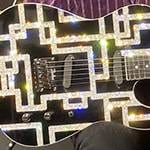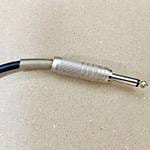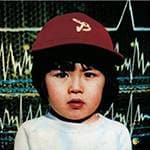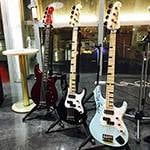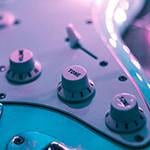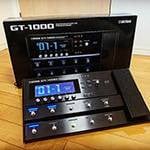Hello, this is Rimito, your night owl music programmer.
In this series, I’ll be introducing the sound equipment installed in large concert halls across Japan, offering my personal insights into why each piece was chosen and the unique features that stand out. For the first installment of “Exploring the Main PA Equipment of Large Concert Halls”, I’ll be covering the sound system at Tokyo Dome City Hall, which I visited just last week.
Since the term ‘sound system’ is too broad, I’ll focus specifically on the key equipment such as the mixing consoles, effects processors, amplifiers, and speakers.
The information provided here is current as of February 2, 2023.
TOKYO DOME CITY HALL
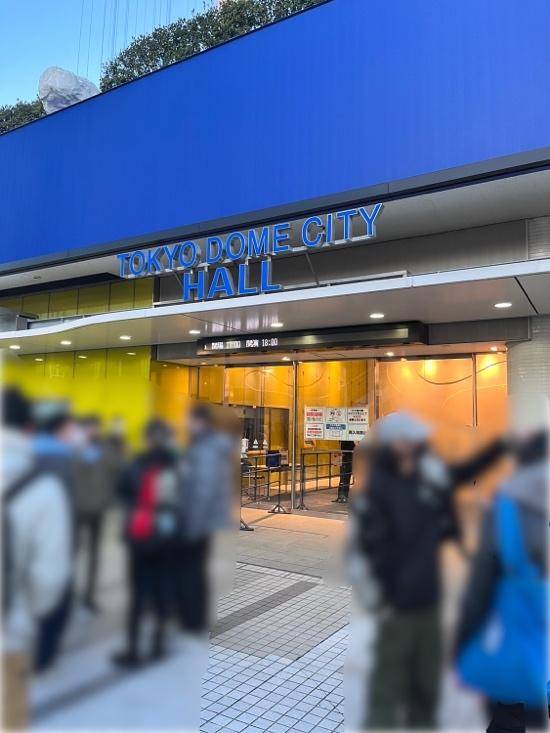
Let’s begin with some basic information about the hall.
Tokyo Dome City Hall Official Website
Opened in 2008 and managed by Tokyo Dome Corporation, Tokyo Dome City Hall is a multi-purpose venue located in Bunkyo Ward, Tokyo, with a seating capacity of up to 3,190 people. All seats are placed within 30 meters of the stage, creating a highly immersive experience. The stage and arena can be reconfigured to suit different types of events, such as concerts, musicals, and even business meetings, showcasing its impressive versatility.
In this article, I’ll be introducing the equipment based on the information publicly available from Tokyo Dome’s official resources. For those interested in more details about lighting, rental fees, or other equipment, I’ve included links below. It’s fun to explore these behind-the-scenes details that we don’t usually see.
Public Info:(https://www.tokyo-dome.co.jp/tdc-hall/organizer/download.html)
Sound Info:(https://www.tokyo-dome.co.jp/tdc-hall/organizer/pdf/hall_onkyo_bihin.pdf)
Let’s dive in.
F.O.H.
‘FOH’ is a PA term that stands for Front of House. It refers to the audience area of a concert venue, and the equipment placed there.
- FOH Console System -
The mixing console, also known as the ‘mixer’ or ‘board’, is the equipment that sits at the center rear of the audience area, controlling the overall sound.
Here is a detailed explanation of the mixer:
Avid VENUE | S6L
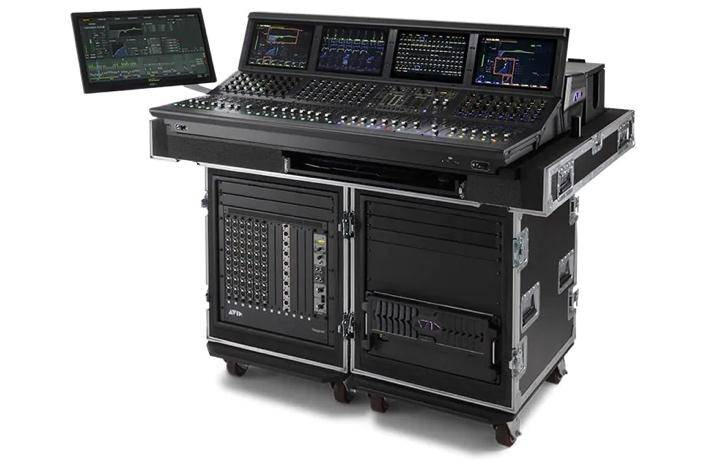
Stage 16
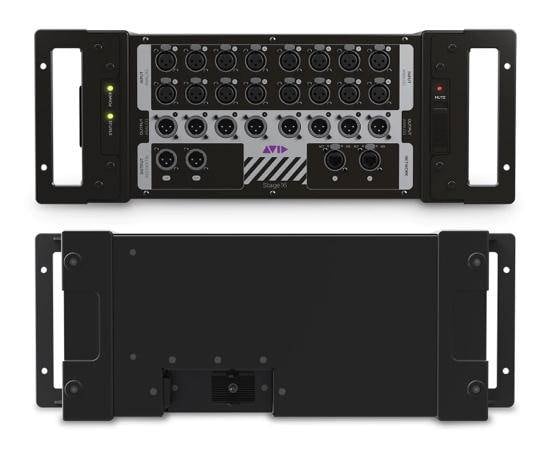
Stage 64
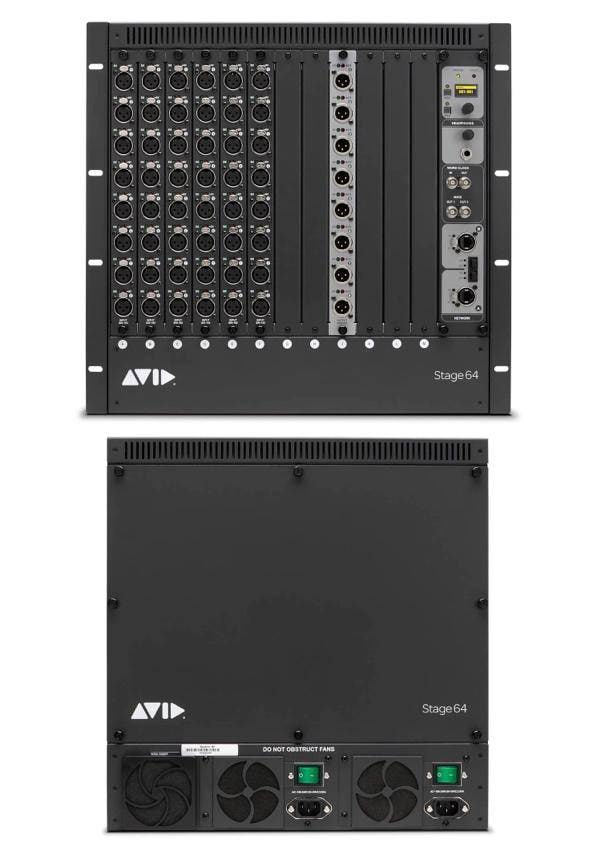
The Avid VENUE | S6L, released by Avid Technology, is a mixer and audio interface equipped with a powerful processor that can handle heavy tasks. It is highly customizable and known for its clear, warm sound. The S6L comes in five different sizes, allowing it to be selected and installed according to the required amount of equipment.
The mixing console is the centerpiece of a hall’s sound system and one of the most important pieces of equipment.
Many manufacturers offer a variety of mixers for concert halls. Similar to the S6L, there is also a mixer from Japan’s major musical instrument manufacturer, Roland:
Roland / M-5000 Digital Mixer
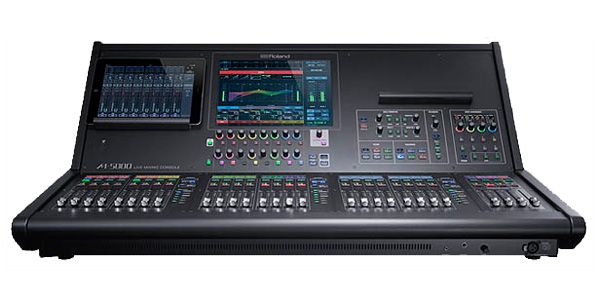
With over 40 years of history, often used in pairs:
MIDAS / M32-LIVE Digital Mixer
These well-known and popular models are often considered. However, given the hall’s concept of hosting diverse events such as concerts, musicals, and business conferences, the Avid S6L was likely chosen for its versatility.
- Digital Delay -
Next is the delay. A delay effect creates an echo by repeating the input sound after a short time. The uses of delay are diverse—it can add sustain to guitar solos, make harmonies richer, and overall enhance the atmosphere of a concert, making it more vibrant and captivating.
TC Electronic / D-TWO
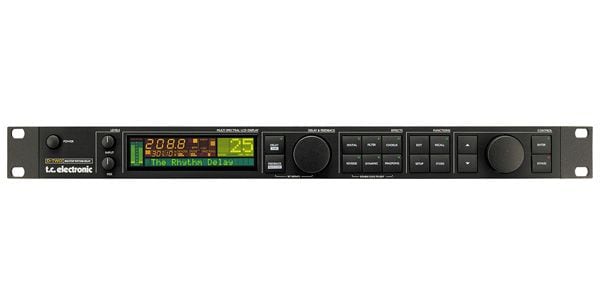
The D-TWO is a multi-tap delay developed by the well-known manufacturer TC Electronic, based on the innovative concept of delays that create rhythmic patterns. The delay time can be adjusted in increments as small as 0.1 milliseconds, allowing for precise control down to the millisecond and microsecond levels. It also comes with numerous presets that can be toggled with a single button, and customized as needed. Additionally, the D-TWO includes sync features, enabling clock synchronization via MIDI or S/PDIF, and it even supports beat detection. Thanks to this functionality, it can create delays that follow rhythmic patterns, offering a unique delay effect. This processor is not only high-performance but also highly versatile, as it allows for two effects to be used simultaneously and the order of effects to be switched. It’s a delay processor that stands out for its multi-functionality and advanced features.
Its ability to produce vibrant and rhythmic echoes that match the sound can even make the audience tap along. That’s why I believe it was chosen.
It was previously available at Sound House, but unfortunately, it seems to have been discontinued.
- Digital Multi Effect -
Next, let’s talk about multi-effects processors. In this context, ‘effects’ refer to electronically altering the sound. A multi-effects unit can apply various effects through a single device.
Here is a detailed explanation of the effects and processors:
Yamaha / SPX2000 Multi-Effect Processor
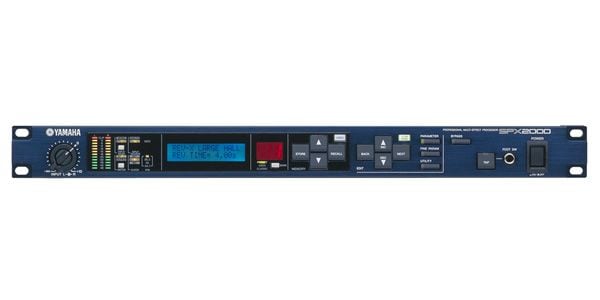
REVERB 6000
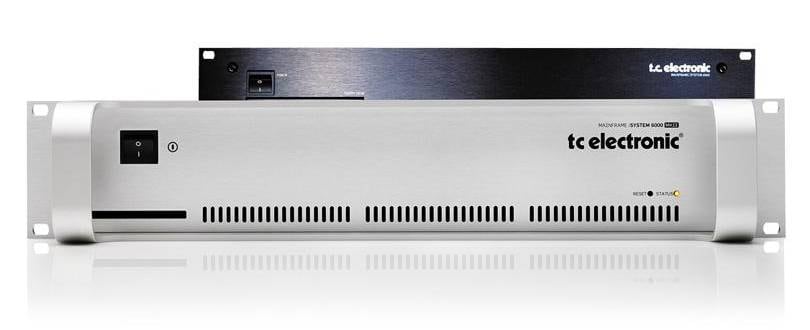
The Yamaha SPX2000 is widely recognized and includes high-quality REV-X reverb and numerous other effects, making it versatile for professional use. Its parameters can be finely adjusted, allowing for a broad range of sound creation. It supports high-quality 24-bit/96kHz audio, with a large, easy-to-read monitor that enhances usability. Notably, the SPX2000 also functions as an audio interface, meaning it can connect to a computer for DAW recording. Its ability to easily switch setups and scenes, whether in a studio or live performance setting, is another key reason for its selection.
Now, let’s talk about the REVERB 6000. Developed by Denmark’s TC Electronic, this unit features high-quality reverb algorithms that produce a natural and rich sound. It includes a variety of reverb types, making it suitable for different music genres. In addition to reverb, it offers a wide range of effects such as delay, chorus, flanger, and echo, all of which can be controlled intuitively via its touchscreen interface. An optional remote controller allows for even more precise adjustments to be made remotely. By adding optional expansion cards, users can unlock new reverb algorithms and effects. The unit also comes with various interfaces, including digital I/O, MIDI, and Ethernet, making it easy to expand and integrate into larger systems. When I learned that this system was being used at Tokyo Dome City Hall, I thought, “Of course they’d want to use this.” After all, it boasts an abundance of features, high sound quality, and excellent expandability—perfect for concerts. It’s a top-tier piece of equipment, used not just at Tokyo Dome City Hall but also in many studios, live venues, and music production sites around the world.
Main Speaker System
Next, let’s introduce the speaker system. This is a critical piece of equipment that not only delivers the results of mixing and effects to the audience but also plays an important role in the acoustics and aesthetics of the venue.
- Array Speaker -
Here is a detailed explanation of the speakers:
VTX V20
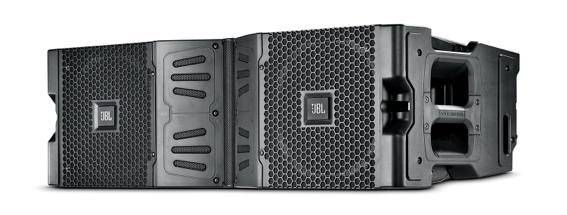
VTX V25
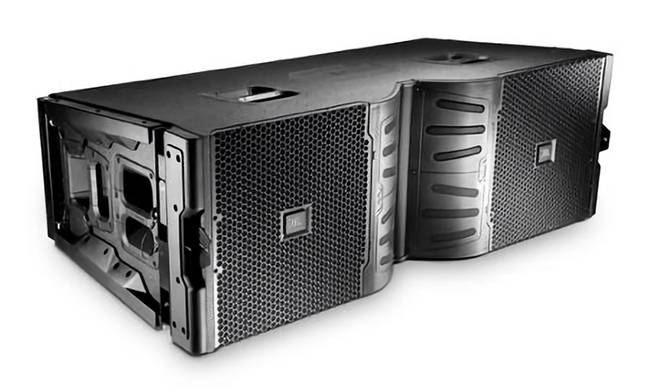
- Subwoofer -
Subwoofers are used to supplement the low-frequency range that the main speakers can’t fully cover.
Here is a detailed explanation of the subwoofers:
VTX S28
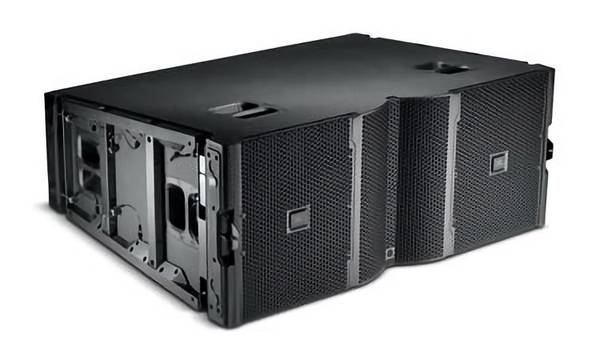
- Power Amplifier -
A power amplifier is equipment used to amplify the sound output from the mixer, making it loud enough to be played through speakers and subwoofers.
Here is a detailed explanation of power amplifiers:
IT12000HD

IT4x3500HD

- System Equalizer -
A system equalizer, also known as an EQ, is an audio device used for sound correction and enhancement, allowing you to boost or reduce specific frequency ranges for sound shaping.
LM44

The IT12000HD and IT4x3500HD amplifiers are top-tier models, each costing around 2 million yen. A total of 42 units were installed, which, even with a rough calculation, amounts to 84 million yen. When combined with the speakers and other equipment, the speaker system alone cost around 200 million yen.
Recently, I attended a concert by a bass-loving rock musician at Tokyo Dome City Hall, seated in the second balcony, row 2, seat 9, just 10 meters away from the array speakers. The low-end was so powerful it made my chest vibrate, while the high-end was crisp and clear, almost unimaginable given the sheer sound pressure. The mid-range was equally robust, holding its own against the low-end. When they fired a prop gun as part of the performance, the sound was so loud that I had ringing in my ears and lost hearing for about a second. Yet, despite the sheer volume, the sound was beautiful and not overwhelming. So that’s what 200 million yen worth of sound feels like...
They’ve spared no expense, using the finest equipment in abundance to deliver an overwhelming, truly spectacular concert experience. To be honest, for a 3,000-capacity venue, the investment in speakers seemed a bit excessive, but it’s a testament to their commitment to delivering top-notch audio. Hearing my favorite artist’s voice in such a hall was truly an honor.
TOA / HX-5B Compact Array Speaker
Details on PA Systems
For more details on PA systems, I recommend checking out the following articles if you want to learn more about PA equipment:
- Various Sound Systems
- How to Choose a Mixer
- How to Choose Speakers and Power Amplifiers
- How to Connect Multiple Speakers
- How to Use Effects Processors
I often connect a mixer to speakers at home for fun. It’s a great experience! By the way, this is the mixer I use. It has excellent functionality and ease of use, making it perfect for karaoke and other settings. I highly recommend it.
CLASSIC PRO / AM802FX Compact Analog Mixer
That concludes the Tokyo Dome City Hall edition.
Thank you for reading until the end. Stay tuned for my next post!
The “sound & person” column is made up of contributions from you.
For details about contributing, click here.





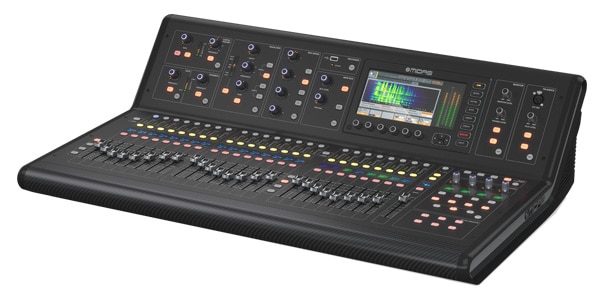
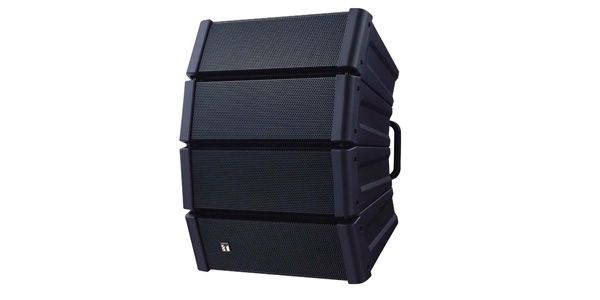
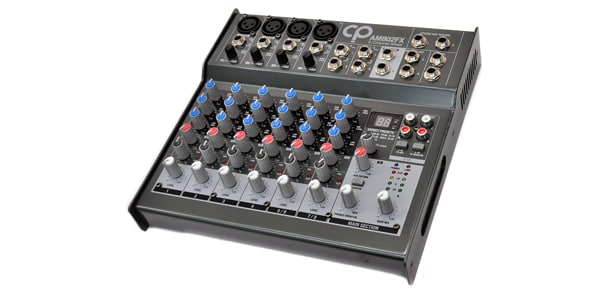


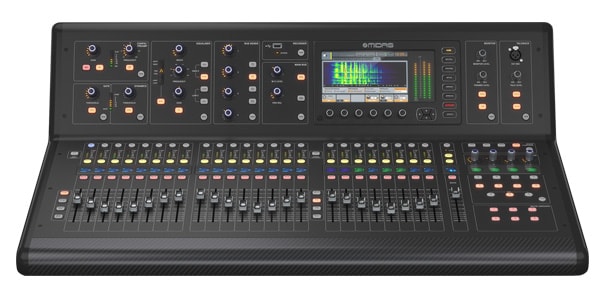

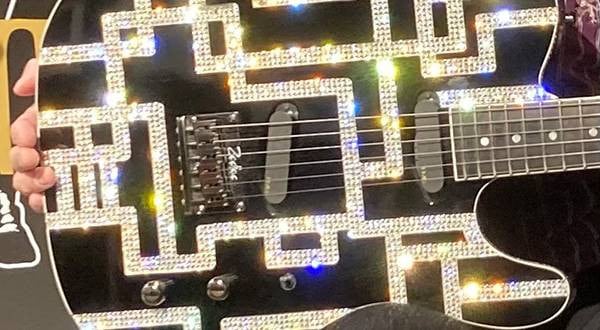
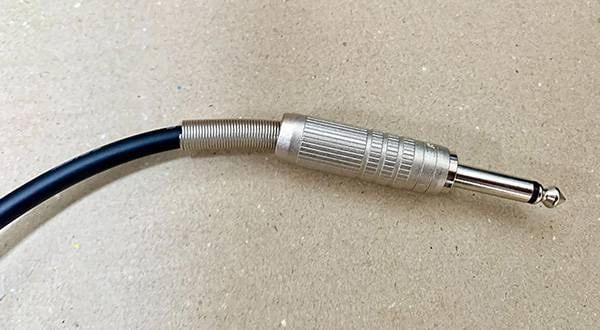
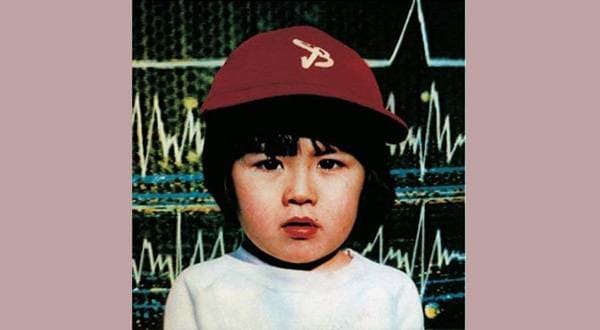
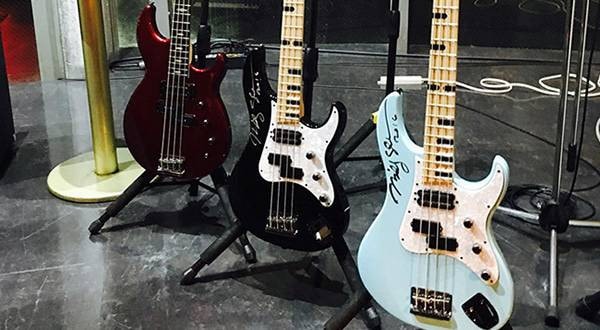
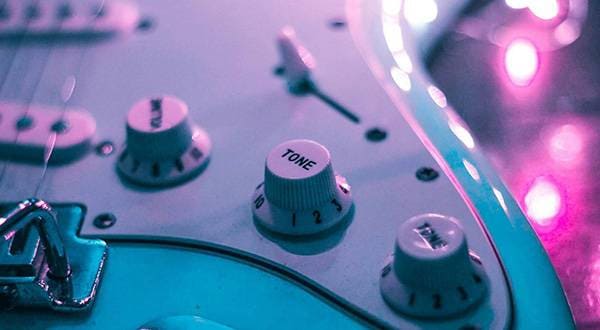
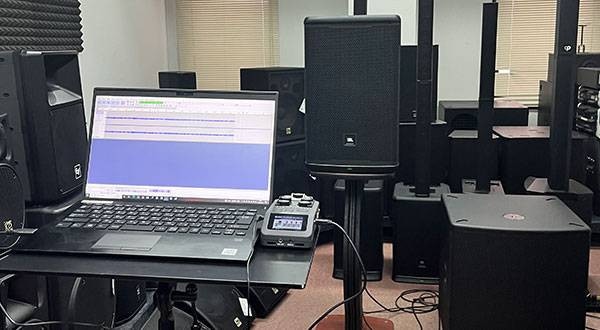
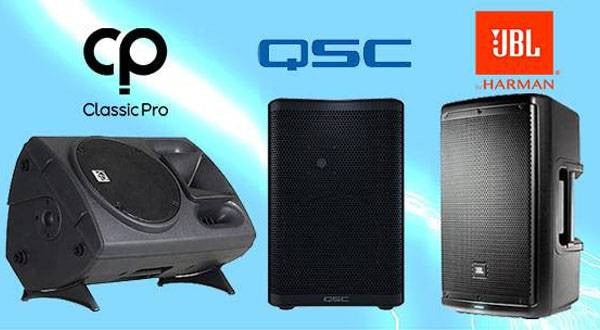


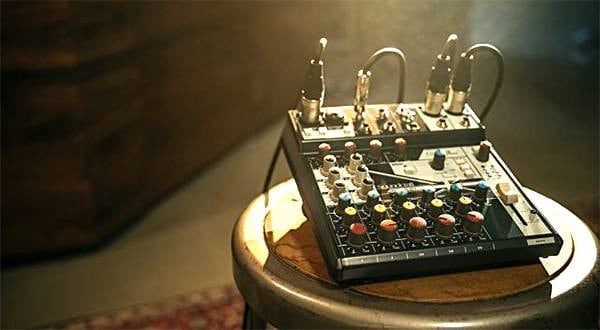
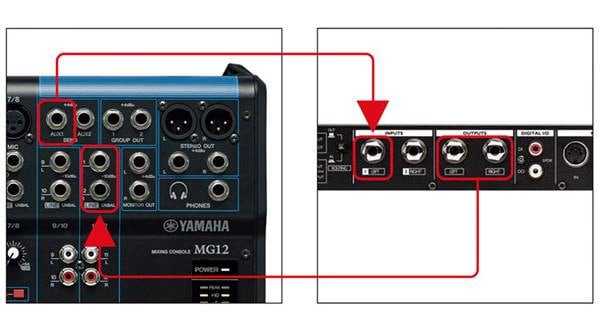
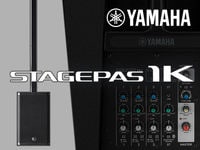 YAMAHA ポータブルPAシステム STAGEPAS 1K
YAMAHA ポータブルPAシステム STAGEPAS 1K
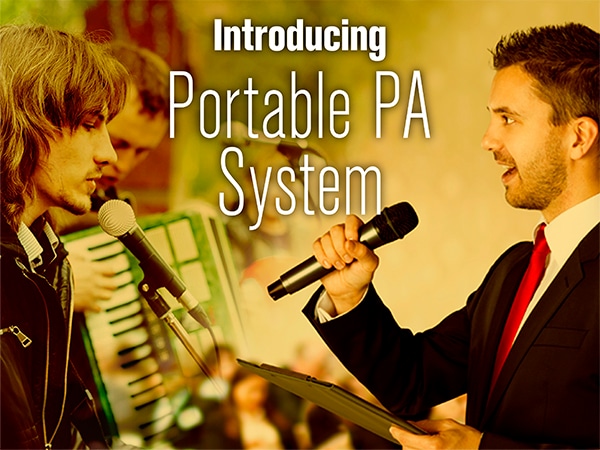 ポータブルPAシステム特集
ポータブルPAシステム特集
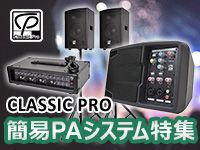 CLASSIC PRO 簡易PAシステム特集
CLASSIC PRO 簡易PAシステム特集
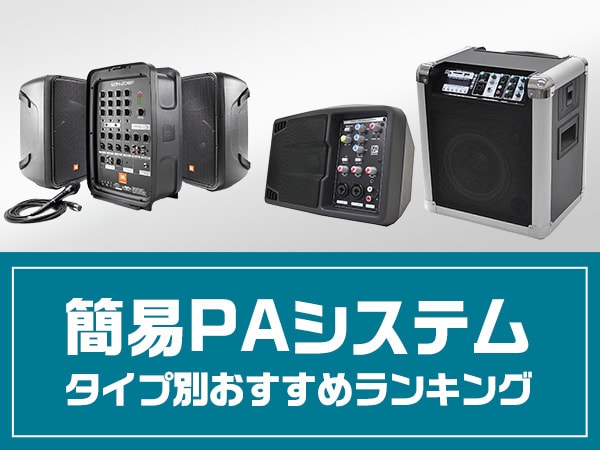 簡易PAシステム タイプ別おすすめランキング
簡易PAシステム タイプ別おすすめランキング
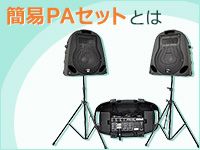 簡易PAセットとは
簡易PAセットとは
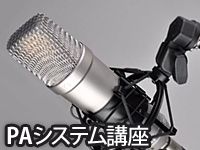 PAシステム講座
PAシステム講座
